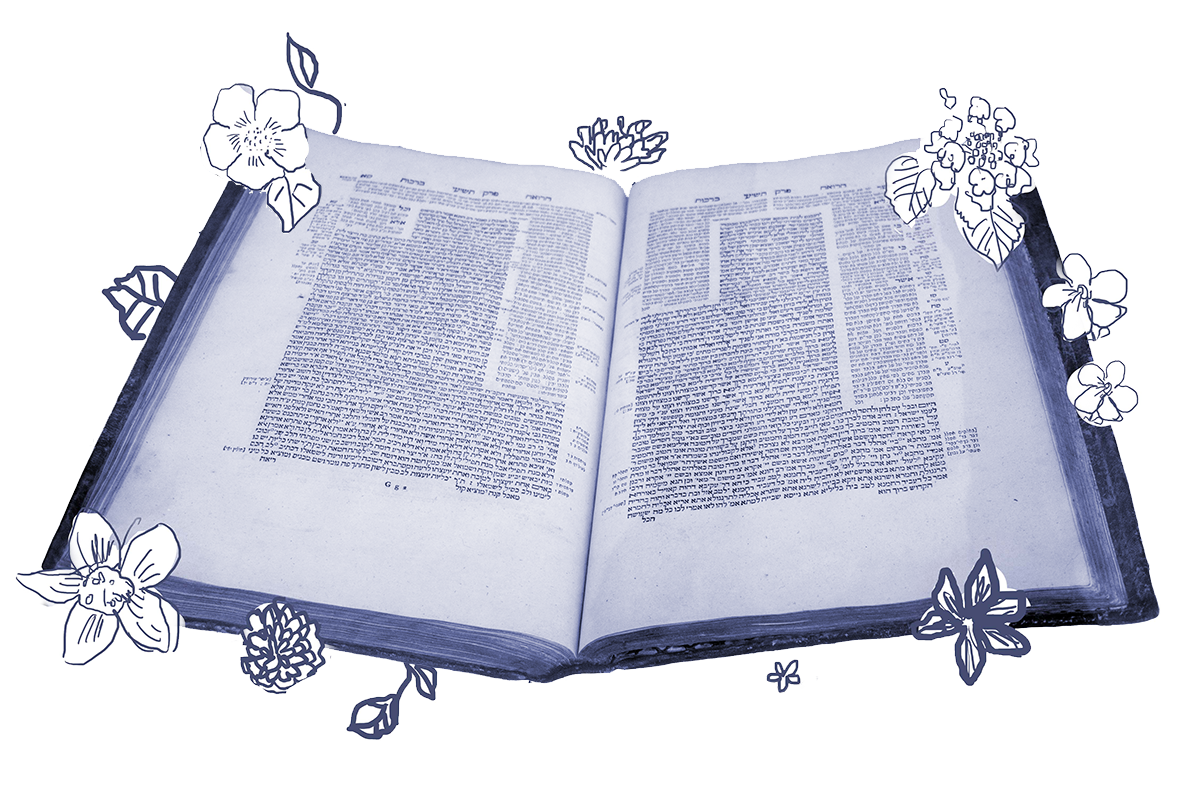“How many showers a day is too many showers a day?” We all know the type of person who asks themselves that question. Rabbinic literature has a name for people like that, and that name is istenis, sometimes translated as “fastidious” or, alternatively, “delicate.” The word derives from Greek asthenos meaning “not strong.”
The mishnah makes accommodations for the istenis. A mishnah on Berakhot 16b tells of Rabban Gamliel, a self-described istenis, bathing during his mourning period (which is normally a no-no):
He bathed on the first night after his wife died. His students said to him: Have you not taught us, our teacher, that a mourner is prohibited to bathe? He answered them: I am not like other people, I am delicate (istenis).
The term appeared also in a mishnah on Yoma 31b:

Help us keep Jewish knowledge accessible to millions of people around the world.
Your donation to My Jewish Learning fuels endless journeys of Jewish discovery. With your help, My Jewish Learning can continue to provide nonstop opportunities for learning, connection and growth.
If the high priest was old and found it difficult to immerse in cold water, or if he was delicate (istenis), they would heat hot water for him on Yom Kippur eve and place it into the cold water of the ritual bath in order to temper its chill.
Here we have an isteniswhose delicate health would make the many immersions in cold water required of the high priest on Yom Kippur difficult. The mishnah puts forward an accommodation that all mikvah-users today appreciate: a heated pool. Today’s page describes how this worked in the Temple (nowadays we use electricity):
It was taught in a beraita that Rabbi Yehuda said: They would heat blocks of iron on Yom Kippur eve and cast them into the cold water of the ritual bath to temper its chill.
You’ll notice that these two mishnahs describe somewhat different versions of an istenis: one who needs to bathe, the other who finds bathing in cold water difficult. For both, bathing — and bathing comfortably — is critical to feeling good.
With all the enormously weighty tasks that take place in the Temple, and the uniquely significant role of the high priest on Yom Kippur, perhaps there’s something definitionally istenis about the high priest on that day. A day of fasting, heavy labor, concentration and intense pressure is enough to make anyone delicate.
It is no wonder then that the mishnah on 30a that has animated so much of the discussion for the last few days describes a day chock-full of washing, five immersions and ten sanctifications of the hands and feet. The immersions in the high priest’s day mark transitional moments between labors. What if we all built in rituals of transition, washing and self-care into our heaviest work days? What if we all recognized that intense labor can make each of us istenis, and that to do the work right, we need to prepare for that weakness and allow appropriate moments for it, ritualizing those moments to make sure they do not get skipped in the rush of the day.
The high priest’s immersions on Yom Kippur might seem excessive, but what if it’s exactly the model that we need?
Read all of Yoma 34 on Sefaria.
This piece originally appeared in a My Jewish Learning Daf Yomi email newsletter sent on May 15th, 2021. If you are interested in receiving the newsletter, sign up here.



